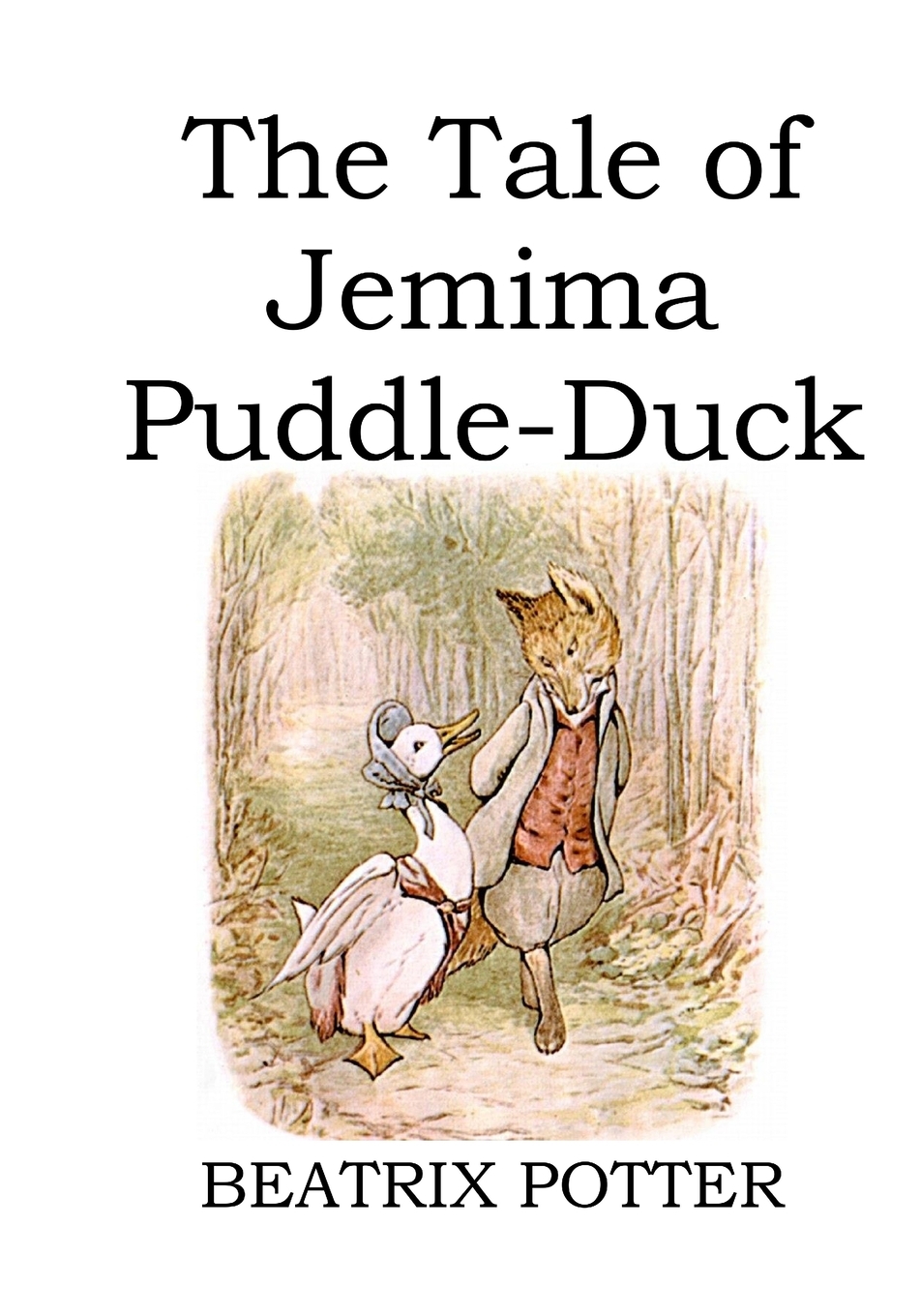

She found that one particular duck at Hill Top Farm often tried to hide its eggs from her and tried to hatch them itself without much success. She routinely took ducks' eggs and had hens sit on them instead. Cannon believed that ducks were not good at hatching their own eggs. The Cannon children and their mother appear in the book's illustrations. The book is dedicated to Betsy and Ralph Cannon, the children of John Cannon who managed the farm on Potter's behalf.

Jemima Puddle-Duck does not realize that the "gentleman' is a fox who plans to eat her.īeatrix Potter began work on The Tale of Jemima Puddle-Duck shortly after having purchased Hill Top Farm in the village of Near Sawrey, Cumbria. The "gentleman" tells Jemima that she can lay her eggs in the shed. She finds a clearing in a wood where a "gentleman" has a small house and shed. She decides to secretly lay some eggs far away from the farm. Jemima Puddle-Duck is very upset by this. All of the ducks' eggs are hatched by hens. The plot is set in motion when a farmer's wife refuses to allow any ducks on the farm to hatch their own eggs.

Beatrix Potter considered The Tale of Jemima Puddle-Duck to be a reworking of the fairy tale " Little Red Riding Hood". Its title character and protagonist had previously appeared in Potter's 1907 book The Tale of Tom Kitten. The Tale of Jemima Puddle-Duck is a children's fantasy story by the British author and illustrator Beatrix Potter. Front cover of a first edition of the Tale of Jemima Puddle-Duck from 1908.


 0 kommentar(er)
0 kommentar(er)
